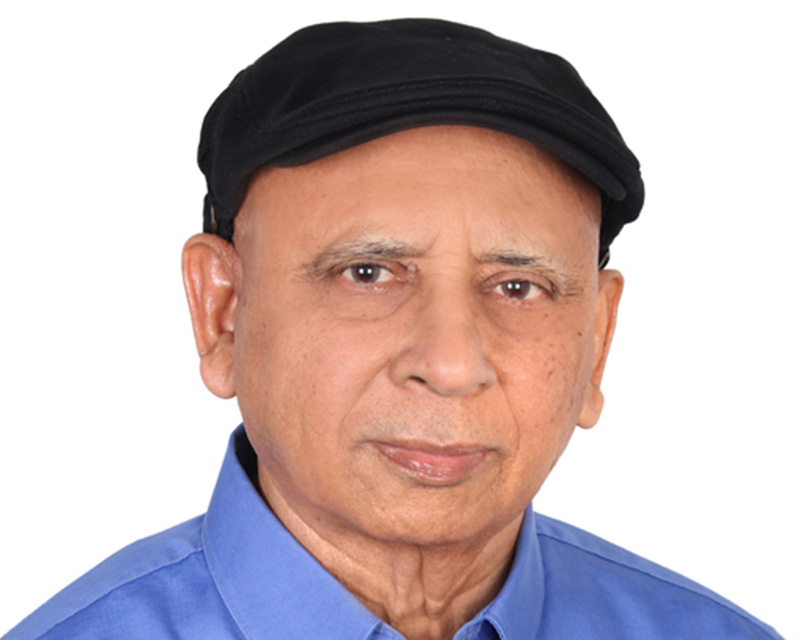India’s Pradhan Mantri Kisan Samman Nidhi program, known as PM-Kisan, announced in Dec. 2018, was a tectonic shift in the nature of government support to farmers. This direct benefit transfer scheme was aimed at addressing the liquidity constraints of farmers in meeting their expenses for agricultural inputs and services.
This scheme is particularly important in a country like India, where still about half of the farming households do not have access to formal credit.
The scheme, implemented starting in Feb. 2019, provides each eligible farmer’s family 6000 rupees ($83) per year in three equal installments.
Initially, farmers with less than two hectares of land were eligible; subsequently, the benefit was extended to all farmers (about 140 million farmers) from June 2019 onwards. The amount is transferred directly to the beneficiary’s bank account to check leakages.
Different from existing schemes
By its design, PM-Kisan is positioned as an income support to farmers. Its launch generated a serious discussion in the policy discourse in India. The timing of the announcement made the scheme look like a politically motivated move to appease the farming community on the eve of the 2019 election.
However, this is a clear departure from existing systems of support to farmers; the scope of PM-Kisan goes much beyond those, especially in the case of resource-constrained farmers with significant liquidity problems.
The effects in principle could be related to the choice of technologies and practices that could have significant effects on farmer’s income and welfare.
The scheme has now completed almost a year and the third installment was transferred recently by Prime Minister Narendra Modi. But a proper understanding of the implications of this ambitious farmer income support program has so far been virtually non-existent.
Empirical study
IFPRI, in association with the Indian Council of Agriculture Research (ICAR), undertook a study to empirically assess technology choices and adoption of practices following the rollout of PM-Kisan.
Since the study focused on technology choices for beneficiary farmers, it realized that adoption of technology for resolving liquidity issues is just one cog in the wheel. Knowledge and extension support is also needed to bring about adoption.
With the primary objective of fostering timely usage of inputs, i.e. technology, the study, based on a primary survey, evaluated the implementation of PM-Kisan and the role of Krishi Vigyan Kendras (agricultural extension centers) with strategic complementarity for magnifying its impact. The study focused on Uttar Pradesh, home to 24 million farmers.
The IFPRI-ICAR study reveals that 30% of farmers received the income benefit within three months of the scheme’s implementation. Banking infrastructure created through Pradhan Mantri Jan Dhan Yojana (PMJDY), a government financial inclusion program, played a key role in the funds’ disbursement.
What is not so commonly known but still critical for fast uptake is that the state government had digitized the complete database of farmers registered in the system; this took significant efforts by the government machinery.
Programs like this are often subject to elite capture and selection biases. But our findings depicted no selection bias in terms of social, economic, and farming characteristics.
Further, 93% of non-beneficiary farmers had already applied for the scheme, indicating awareness and potential uptake. When augmented with extension through KVKs, the adoption of modern inputs is significantly higher (to the tune of 36%).
Spending pattern
There were footprints of PM-Kisan on farmer outcomes, too. The first installment in Feb. 2019 occurred during the agricultural peak season (in terms of spending requirements), while the second installment occurred by the end of April, the agricultural off-season.
Our results show that of those who received the first instalment, 52% spent it on agriculture, 26% on consumption, 7% on education and health, and the remaining 15% on other incidental expenses (such as during festivals and on social functions like marriage).
Among the recipients of the second instalment, 39% spent it on consumption, followed by agriculture (23%) and education and medical (19%). From the study it can be implied that farmers receiving PM-Kisan benefits in the agricultural peak season are more likely to spend it on agriculture, and those getting it in the off-season are more likely to spend it on consumption. This clearly suggests that the timing of benefits has implications on spending patterns.
Moreover, the study establishes that KVKs have stimulated the impact of PM-Kisan for the adoption of modern agricultural technologies.
Thus, by investing more in agricultural advisory services, the government can encourage farmers to invest some or all part of the income support in productive assets for achieving the multiplier effect of PM-Kisan.
Therefore, PM-Kisan combined with agricultural advisory services has the potential to break the cycle of intergenerational poverty and low income of farmers through investment in modern technology.
A direct transfer scheme like PM-Kisan is a game-changer and can have significant effects if it is timely, not transaction cost-heavy and includes complementary inputs such as extension services. As in Uttar Pradesh, the scheme needs back-end infrastructure and institutions in place to be effective.
P.K. Joshi is President of the India Agricultural Economics Research Association. Deepak Varshney is an IFPRI Research Collaborator; Anjani Kumar is an IFPRI Research Fellow; Devesh Roy is a Senior Research Fellow with the IFPRI-led CGIAR Research on Agriculture for Nutrition and Health (A4NH); they are based in the IFPRI-South Asia Regional Office in New Delhi. This post first appeared in The Hindu BusinessLine. Opinions are the authors’.







